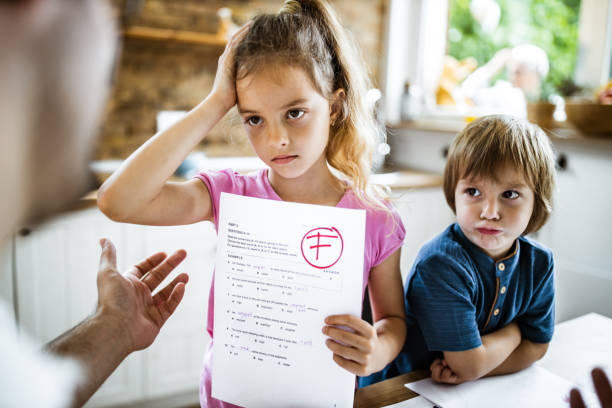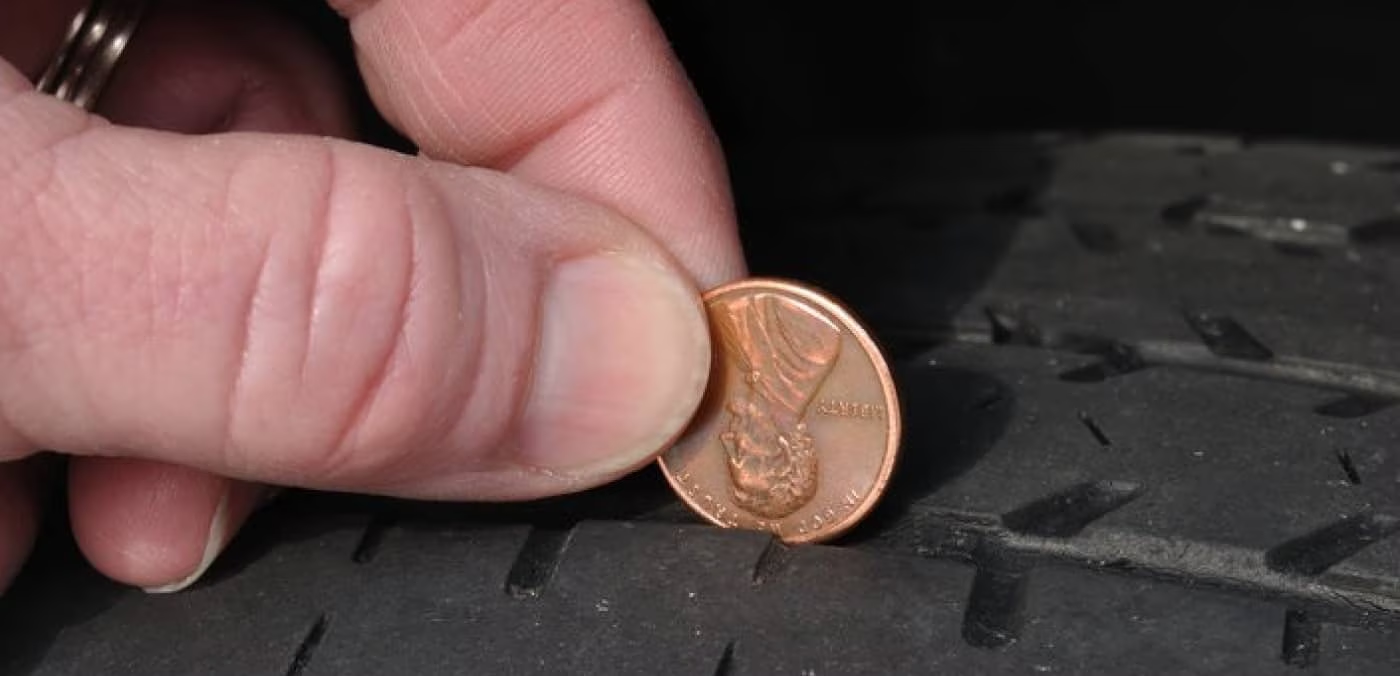
Ho-Ho-Ho, Merry Christmas! For many WCHS students, this saying used to or even still today brings the brightest smile to their faces. Whether they grew up recognizing it as the voice of Santa Claus or an ordinary white-bearded man dressed in red, there will come a time when they will have the power to provide their own children with the childhood reality they wished to have. To believe or not to believe in Santa Claus: that is the question. And although it may be a fictional tale, there is no harm but rather more positive benefits in letting children believe in Santa’s existence.
Many parents are hesitant to introduce the belief of Santa into their families because they think they are lying to their children. However, this is not necessarily true as it is a common misconception to believe that Santa is an entirely made-up fictional character. His persona is actually based on the true story of the Catholic bishop Saint Nicholas, now designated as the patron saint of children, known for his many good deeds while expecting nothing in return, such as using his entire inheritance to help the poor, sick and children. His generous acts towards children parallel Santa’s signature act of freely gifting presents to children on Christmas night. It is evident that Saint Nicholas inspired and resembles Santa today, and believing that Santa’s realness is completely false neglects this historical connection.
Stemming from the origins of St. Nicholas, the popular traditions associated with Santa have been especially long-lasting. According to the New York Post, a poll conducted last year revealed that the top two activities kids are most excited about during the holiday season were receiving gifts from Santa and visiting him. The longevity of these traditions is a testament to how they serve no harm but instead, radiate joy and bring about the holiday spirit, whether from preparing for Santa’s arrival by writing a letter, baking cookies or visiting him at the mall to tell him what one wants for Christmas.
However, the fun of each activity not only applies to children, it also extends to parents. After polling 2,000 U.S. parents, the New York Post also found that 77% of them agreed the holiday season now is just as magical as when they were kids. Parents rekindle that same holiday joy they encountered as kids by sharing in their children’s experiences. The only difference is that they will be the ones to wrap the presents and eat the cookies, making sure to leave some crumbs on the plate. Participating in these traditions as a child and continuing them as an adult creates a full-circle moment.
From a psychological viewpoint, the fun nature of these Santa traditions perfectly pairs with children’s imaginative thinking. University Hospitals Rainbow Babies and Children licensed clinical psychologist Carolyn Ievers-Landis noted that “children have magical thinking until the age of six, which is completely normal to their development.” WCHS students likely recall “playing pretend” when they were younger, making stories and scenarios with their action figures and playsets, and engaging in the tale of Santa is no different. All these activities play a crucial role in letting children be children, allowing their creativity and imagination to roam free. They are still naive and innocent to the world, not having learned the ropes in life yet, and there should be no rush for them to do so.
Nevertheless, there will ultimately come a day when children will uncover the truth about Santa. Many parents fear the news is too heartbreaking for their children to endure, so they choose not to initiate this tradition. However, by doing so, parents miss out on teaching their children essential life lessons. Similar to reading traditional folk tales like “The Tortoise and the Hare,” the Santa tale teaches many pivotal life lessons, enabling children to navigate life through a more mature lens, from being generous and grateful to activating their analytical skills as they discover Santa was their parents all along. On that account, the initial intent of believing in Santa to exude merriness transforms into a symbol of growth. Not believing in Santa and participating in the associated traditions is detrimental to this epiphany which is integral to the transition from childhood to adulthood.








